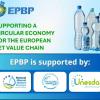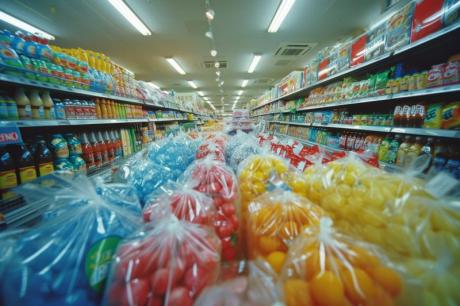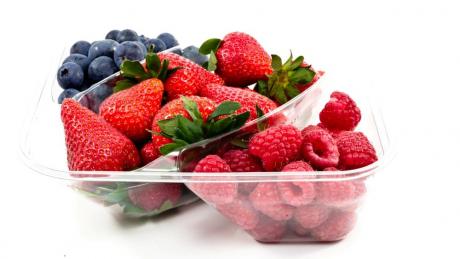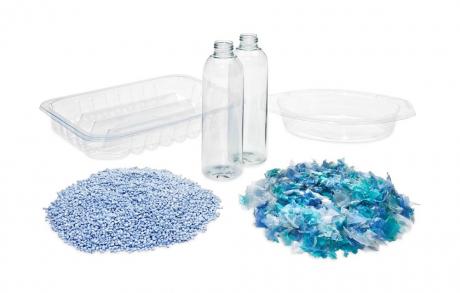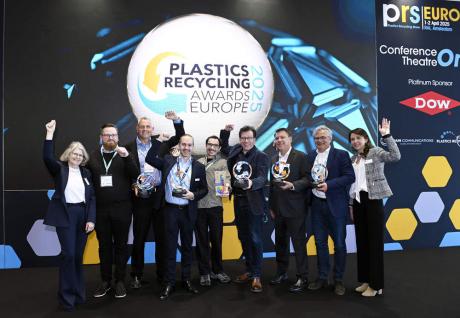An international team of experts, led by researchers from the Institute of Subtropical and Mediterranean Horticulture La Mayora (IHSM-CSIC-UMA), in Malaga, and the Institute of Material Sciences of Seville (ICMS-CSIC-US), located in the Parque Científico Tecnológico Cartuja de Sevilla, has developed tomato pomace resins to coat the inside of metal food containers, cans of preserves and beverages, among others.
To do this, they have reused the by-products that are produced after processing the tomato to make gazpachos, sauces or juices and which is made up of seeds, skins and small remains of branches. Today, tomato pomace is disposed of as solid waste, burned, or, in a small proportion, destined for animal feed due to its low nutritional value. Among its main characteristics, this biological and environmentally friendly resin from tomato waste repels water, adheres firmly to the metal of the can it covers, and has anticorrosive properties against salt and any liquid. After carrying out tests with simulated food, the next step is to test its effectiveness in cans and containers containing real food and to evaluate its industrial application. With this study, entitled 'Bio-based lacquers from industrially processed tomato pomace for sustainable metal food packaging', published in the Journal of Cleaner Production and also involving researchers from the University of Malaga, the University of Seville, the Italian Institute of Technology and the Marche Polytechnic University, the experts propose a biodegradable alternative to cover food packaging based on the circular bioeconomy of a product like tomatoes. The objective is to reuse waste, the pomace of that fruit, as raw material for other goods, in this case canned food and other containers that contain food.
Alejandro Heredia, the researcher of the Subtropical and Mediterranean Horticulture Institute La Mayora declared:
Starting from a residue, we obtain an ecological and sustainable raw material, with a very low environmental impact, since we reduce the generation of garbage and at the same time we minimize the extraction of fossil resources for the manufacture of these same containers.
Currently, steel and aluminum are the main materials used to manufacture cans and metal containers. In contact with food, these can corrode the metal, thus contaminating the preserved food. To avoid this, the interior of these containers is covered with a very thin layer which protects the metal from this corrosion. This adhesive resin is called epoxy, a petroleum-derived plastic that contains bisphenol A, better known as BPA. It is an industrial chemical compound which protects food, but at the same time releases particles that interfere with human health.
Heredia affirmed:
BPA is similar to estrogen, that is, it passes into food as an endocrine disruptor, like hormones, and is associated with the appearance of diseases such as cancer, diabetes, and growth problems in babies and adolescents.
Thus, the use of BPA in Spain for the manufacture of food containers such as cans and beverages is prohibited by the 2022 Law on Waste and Contaminated Soils for a Circular Economy. To obtain this resin, the experts left the tomato pomace samples to dry and they subjected them to a hydrolysis process, that is, they eliminated any remaining water and kept the lipids, in this case vegetable fat. Once the fatty part was extracted, they mixed it with a minimum proportion of ethanol, an organic compound known as ethyl alcohol.


